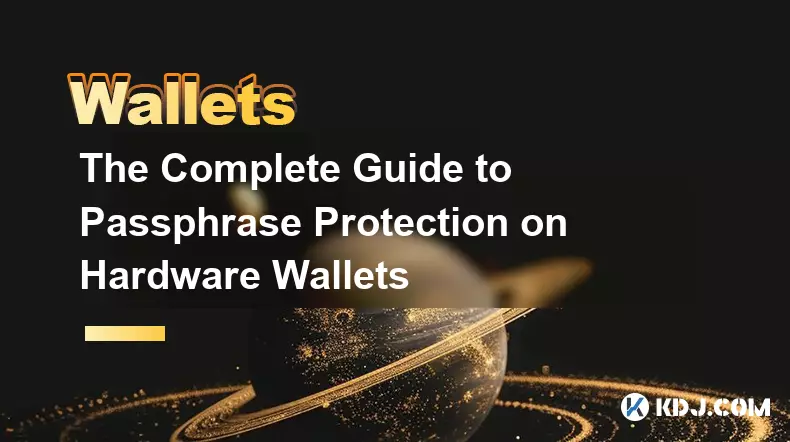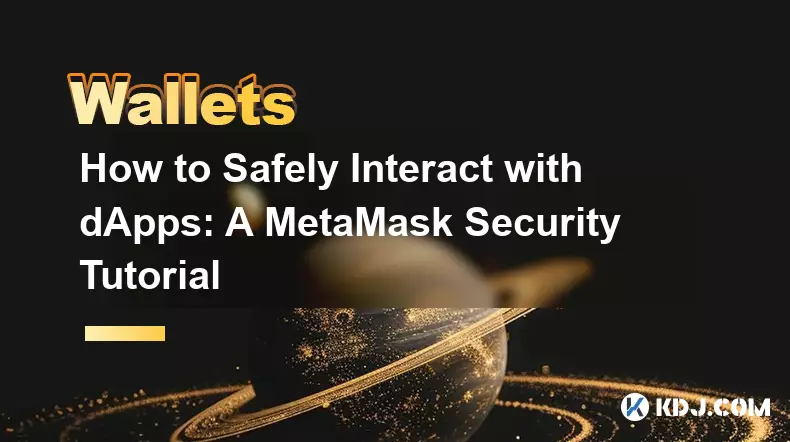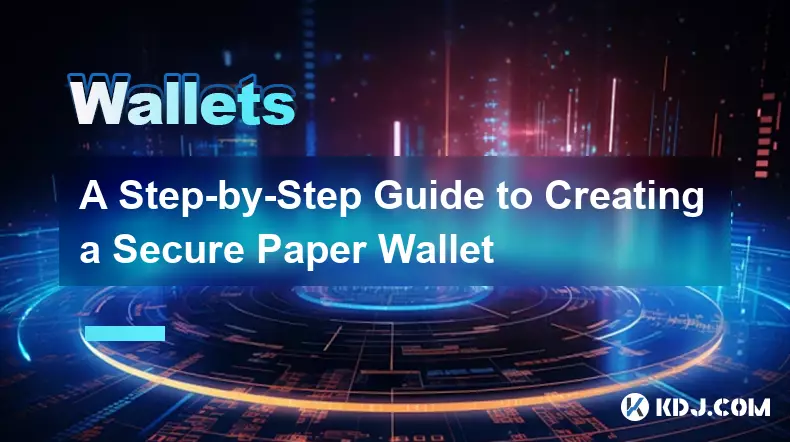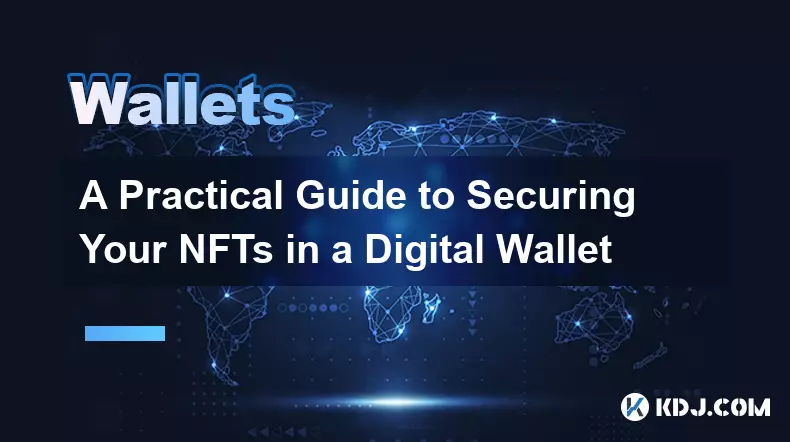-
 bitcoin
bitcoin $107015.826941 USD
-2.18% -
 ethereum
ethereum $3637.352324 USD
-5.18% -
 tether
tether $0.999831 USD
-0.02% -
 xrp
xrp $2.338078 USD
-6.23% -
 bnb
bnb $998.272150 USD
-6.97% -
 solana
solana $167.598257 USD
-10.12% -
 usd-coin
usd-coin $0.999863 USD
0.01% -
 tron
tron $0.282573 USD
-5.09% -
 dogecoin
dogecoin $0.169891 USD
-7.39% -
 cardano
cardano $0.557554 USD
-7.03% -
 hyperliquid
hyperliquid $39.914802 USD
-5.85% -
 chainlink
chainlink $15.414549 USD
-9.97% -
 bitcoin-cash
bitcoin-cash $510.361911 USD
-4.26% -
 ethena-usde
ethena-usde $0.999194 USD
-0.03% -
 stellar
stellar $0.282092 USD
-6.07%
How to add funds or ETH to your MetaMask wallet?
MetaMask is a non-custodial wallet for Ethereum, allowing secure dApp access and ETH transactions via browser or mobile, with users fully responsible for their funds and private keys.
Sep 15, 2025 at 02:54 pm

Understanding MetaMask Wallet Integration
1. MetaMask serves as a non-custodial cryptocurrency wallet that enables users to interact directly with the Ethereum blockchain. It operates as a browser extension or mobile application, providing secure access to decentralized applications (dApps). To begin transacting, users must first ensure their MetaMask wallet is properly set up and connected to the desired Ethereum network. This includes verifying the network settings, such as Mainnet, Rinkeby, or Goerli, depending on whether real or test ETH is being used.
2. Before adding funds, users should double-check their wallet address. This unique string of characters acts as the destination for incoming transactions. Sharing this address incorrectly can lead to irreversible fund loss. The address can be viewed within the MetaMask interface by clicking on the account icon, where a series of alphanumeric characters appears. It is recommended to copy this address directly from the app to avoid manual input errors.
3. MetaMask does not store user funds on its platform. Instead, it provides access to assets held on the blockchain through private key control. This means that the responsibility of securing the seed phrase and ensuring correct transaction execution lies entirely with the user. Any transfer of ETH or tokens must be confirmed within the wallet interface, where gas fees and recipient addresses are reviewed before final submission.
Methods to Deposit ETH into MetaMask
1. The most common way to add ETH is through a centralized cryptocurrency exchange. Users can log into platforms like Coinbase, Binance, or Kraken, navigate to the withdrawal section, and select Ethereum (ETH) as the asset. During the withdrawal process, the user pastes their MetaMask wallet address into the recipient field. It is critical to confirm that the network selected on the exchange matches the Ethereum Mainnet to prevent loss of funds.
2. Peer-to-peer transfers are another viable option. If a friend or contact holds ETH, they can send it directly to your MetaMask address using their own wallet. This method requires trust between parties and careful verification of the receiving address. Transactions of this nature are irreversible once confirmed on the blockchain.
3. Some users opt for on-ramps such as Wyre, Transak, or MoonPay, which are integrated directly into the MetaMask interface. These services allow users to purchase ETH using credit or debit cards. The process involves selecting the 'Buy' option within MetaMask, choosing a provider, entering payment details, and confirming the purchase. The acquired ETH is then automatically deposited into the wallet.
4. Faucets are useful for acquiring small amounts of test ETH on development networks. While not applicable for real transactions, these tools help developers test dApps without spending actual funds. Users can search for faucets compatible with networks like Goerli or Sepolia, enter their MetaMask address, and receive a small allocation of test ETH.
Security Practices During Fund Addition
1. Always verify the URL of the exchange or service used to send ETH. Phishing sites mimic legitimate platforms and can trick users into revealing sensitive information. Bookmarking official exchange websites reduces the risk of accidental navigation to fraudulent pages.
2. Never share your private key or seed phrase with anyone. MetaMask will never ask for this information. Scammers often pose as support agents to extract these details. If compromised, attackers can drain the wallet completely.
3. Enable two-factor authentication (2FA) on any exchange used to withdraw ETH. This adds an extra layer of protection beyond just a password. Even if login credentials are stolen, 2FA prevents unauthorized access to the account.
4. Review transaction details meticulously before confirming. This includes checking the recipient address, amount, and gas fee. Once broadcasted to the Ethereum network, transactions cannot be canceled or reversed, even if sent to the wrong address.
Frequently Asked Questions
Can I receive ETH from any wallet to my MetaMask?Yes, as long as the sending wallet supports Ethereum and uses the correct network (Ethereum Mainnet), ETH can be transferred to your MetaMask address. Ensure the sender uses the same network standard (ERC-20 compatible) and enters your address accurately.
Why hasn’t my ETH arrived after sending?Delays can occur due to network congestion or insufficient gas fees. Check the transaction status using a blockchain explorer like Etherscan by entering your wallet address. If the transaction is pending, it may take longer to confirm. If it’s failed, the ETH will be returned to the sender.
Is it safe to use third-party on-ramp services in MetaMask?The on-ramp providers integrated into MetaMask, such as Transak and MoonPay, are vetted and operate under secure protocols. However, users should still review privacy policies and data-sharing practices before entering personal or financial information.
What happens if I send ETH to a non-Ethereum network address in MetaMask?If ETH is sent using a different network (e.g., Binance Smart Chain), it may not appear in your wallet. MetaMask must be switched to the correct network to view assets. Sending assets across incompatible networks can result in permanent loss unless recovery tools or support from the service provider are available.
Disclaimer:info@kdj.com
The information provided is not trading advice. kdj.com does not assume any responsibility for any investments made based on the information provided in this article. Cryptocurrencies are highly volatile and it is highly recommended that you invest with caution after thorough research!
If you believe that the content used on this website infringes your copyright, please contact us immediately (info@kdj.com) and we will delete it promptly.
- Bittensor's Wild Ride: TAO Token's Volatile Moves Explained
- 2025-11-05 05:20:02
- Decoding Crypto's Wild Ride: Insights on Bitcoin, XRP, and the Future of Digital Assets
- 2025-11-05 05:30:01
- ASTER Crash, Binance & Market Chaos: Decoding Crypto's Wild Ride
- 2025-11-05 05:30:02
- BNB Price Plunge: Crypto Sell-Off Deepens, What's Next?
- 2025-11-05 05:50:13
- Unlocking Crypto's Future: NIP Group's Bitcoin Bet, Altcoin Liquidity Boost, and the Rise of Little Pepe
- 2025-11-05 05:50:13
- Backend-for-Frontend, Token Theft, and Security: Navigating the Treacherous Waters of Modern Web Apps
- 2025-11-05 05:10:01
Related knowledge

Reviewing Smart Contract Permissions: A Critical Security Step
Nov 01,2025 at 04:55pm
Understanding Decentralized Exchanges in the Crypto Ecosystem1. Decentralized exchanges (DEXs) have reshaped how traders interact with digital assets ...

The Complete Guide to Passphrase Protection on Hardware Wallets
Nov 03,2025 at 10:37am
Understanding Passphrases in Hardware Wallets1. A passphrase, often referred to as a 25th word, adds an additional layer of security beyond the standa...

How to Safely Interact with dApps: A MetaMask Security Tutorial
Nov 04,2025 at 02:54am
Understanding dApp Interaction Risks1. Decentralized applications (dApps) operate on blockchain networks, enabling users to trade tokens, lend assets,...

A Step-by-Step Guide to Creating a Secure Paper Wallet
Nov 05,2025 at 04:39am
Understanding the Basics of a Paper Wallet1. A paper wallet is a physical document that contains the private and public keys of a cryptocurrency addre...

Software Wallet Security Vulnerabilities You Need to Know
Nov 01,2025 at 11:37am
Common Exploits Targeting Software Wallets1. Phishing attacks remain one of the most widespread threats to software wallet users. Cybercriminals desig...

A Practical Guide to Securing Your NFTs in a Digital Wallet
Nov 03,2025 at 04:55am
Understanding NFT Wallet Security Fundamentals1. NFTs, or non-fungible tokens, exist on blockchain networks such as Ethereum, Solana, and Polygon, mak...

Reviewing Smart Contract Permissions: A Critical Security Step
Nov 01,2025 at 04:55pm
Understanding Decentralized Exchanges in the Crypto Ecosystem1. Decentralized exchanges (DEXs) have reshaped how traders interact with digital assets ...

The Complete Guide to Passphrase Protection on Hardware Wallets
Nov 03,2025 at 10:37am
Understanding Passphrases in Hardware Wallets1. A passphrase, often referred to as a 25th word, adds an additional layer of security beyond the standa...

How to Safely Interact with dApps: A MetaMask Security Tutorial
Nov 04,2025 at 02:54am
Understanding dApp Interaction Risks1. Decentralized applications (dApps) operate on blockchain networks, enabling users to trade tokens, lend assets,...

A Step-by-Step Guide to Creating a Secure Paper Wallet
Nov 05,2025 at 04:39am
Understanding the Basics of a Paper Wallet1. A paper wallet is a physical document that contains the private and public keys of a cryptocurrency addre...

Software Wallet Security Vulnerabilities You Need to Know
Nov 01,2025 at 11:37am
Common Exploits Targeting Software Wallets1. Phishing attacks remain one of the most widespread threats to software wallet users. Cybercriminals desig...

A Practical Guide to Securing Your NFTs in a Digital Wallet
Nov 03,2025 at 04:55am
Understanding NFT Wallet Security Fundamentals1. NFTs, or non-fungible tokens, exist on blockchain networks such as Ethereum, Solana, and Polygon, mak...
See all articles










































































